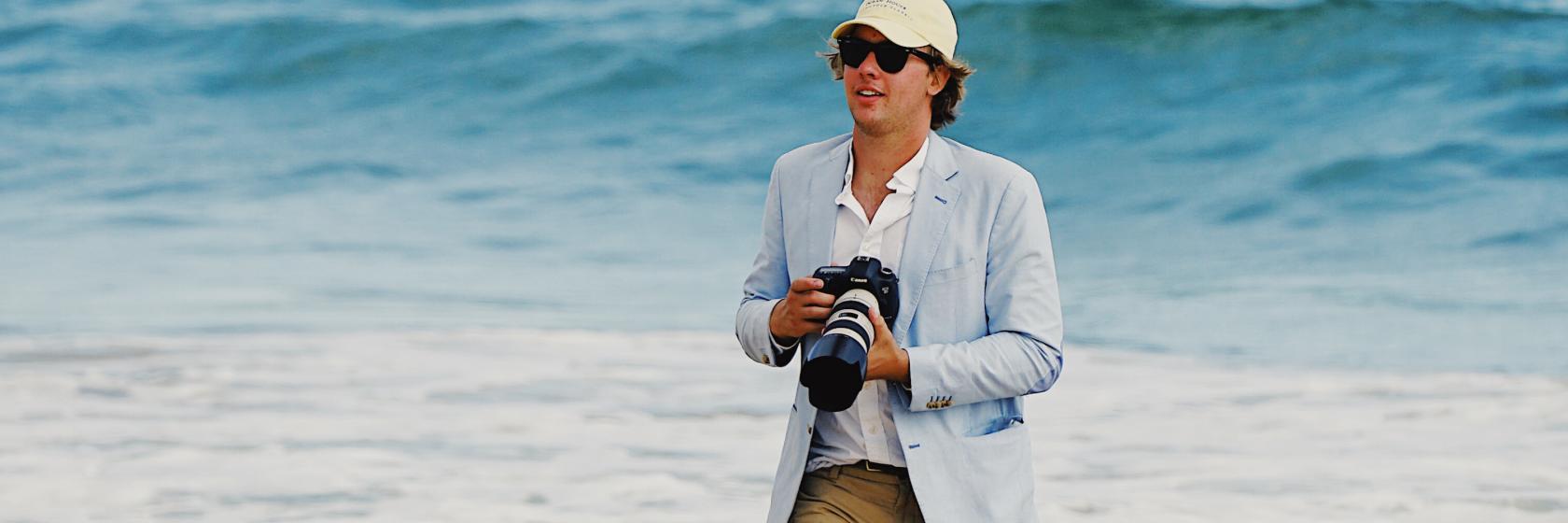Written By: Dana Bowen
www.saveur.com
The Ocean State's 400 miles of shoreline are blessed with an extraordinary bounty of seafood, but no catch is as quintessential as the hardshell clam, or quahog (variously pronounced kwuh-HOG and KO-hog). The state's shellfishermen landed more than a million pounds of quahogs last year, and Rhode Islanders consumed a substantial portion of those. The Atlantic hardshell clams harvested in Rhode Island's waters are almost all wild-caught and go by a variety of names, depending on their size: littleneck, cherrystone, and chowder (also called, confusingly, quahog). All are loved for their salty sweet taste, which owes to the particular salinity, temperature, and ecological diversity of Rhode Island waters.
Rhode Island's Narragansett Bay, a glacially cut estuary dotted with islands and refreshed with a constant flow of seawater, has always been an especially rich breeding ground for quahogs, which take their name from poquahock, an Algonquin word meaning round clam. The Narragansett people - the original inhabitants of what is today Rhode Island - harvested quahogs in great quantities from the bay, made beads from their shells, and used the beads for bartering, which explains their scientific name, Mercenaria mercenaria - from the Latin word for wages or reward.
When European settlers arrived in New England, they brought with them an appetite not for clams but for oysters, which by the late 19th century had become popular among the well-to-do vacationers who descended each summer on Rhode Island's shores, especially along Narragansett Bay. But as industry developed alongside tourism on the bay, pollution began to decimate its shallow-water oyster beds; the hurricane of 1938 destroyed those that remained. It was only after the demise of the local oyster industry, at the outset of World War II, that Rhode Island's shellfishermen turned to clams, which remained safely ensconced at the bay's bottom.
At that time, there was no national market for clams, says Ted Blount, president of Blount Seafood, whose family has worked in Rhode Island's seafood industry since the 1880s. But after World War II, as vacationers returned to Rhode Island's shores and roadside seafood shacks sprang up to serve them, clamming became a viable industry in Narragansett Bay. Back then, it was all bay quahogs [large chowder clams], says Blount. Now we have to go offshore for sea clams because the only things left in the bay are cherrystones and littlenecks.
The methods used by Narragansett Bay's quahoggers - as clam diggers are called in Rhode Island - haven't changed much over the past century. Recreational quahoggers usually trudge into the estuaries at low tide and comb the sand with rakes, whereas the bay's commercial shellfishermen most often work from semi-flatbottomed boats, pulling and maneuvering a rake like device along the seabed and scooping the clams into a basket. The two other professional methods are tonging, in which diggers probe the sea floor with a giant, scissors-like tool, and (more commonly) diving.
Most quahoggers in Narragansett Bay work for themselves and own their equipment, and most say they love their work. Even those who are born to the trade but leave it to pursue other careers often return to Rhode Island's waters on weekends to do a little digging, either for fun or to earn extra money or both. Still, the quahogger's life is not without its challenges. Before they were banned in Rhode Island waters in the 1950s, commercial dredging boats plowed up the bay's sea bottom to land bigger catches, making it harder for individual quahoggers to earn a living. More recently, huge aquaculture farms in states like Florida and Virginia, where clams grow faster in the warm waters, are driving prices to historic lows.
Twenty years ago, there were a thousand quahoggers in Narragansett Bay, and they got about a quarter per piece, says David Beutel, a fisheries specialist at the Rhode Island Sea Grant at the University of Rhode Island, in Kingston. Now there's only 120 full-time quahoggers, and they get about 15 cents a piece.
Still, the increasing abundance of relatively cheap clams from out of state sources has not undermined the loyalty of Rhode Island's clam shack owners and cooks, the majority of whom still buy only locally caught or grown shellfish whenever possible. Asked whether Rhode Island restaurateurs will soon have to give in to the rising tide of competition, Beutel scoffs. No way, he says. They'd be driven out of business if they didn't use local clams.








